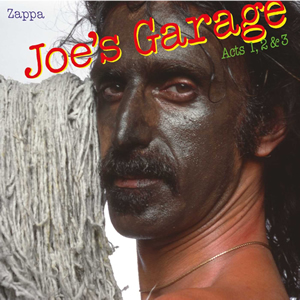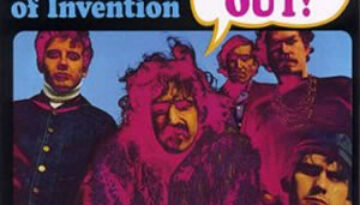Joe’s Garage by Frank Zappa
Buy Joe’s Garage Acts I, II & III Frank Zappa is one of those musical figures that people either get or they don’t. If you happen to fall in the latter category and […]

Buy Joe’s Garage Acts I, II & III Frank Zappa is one of those musical figures that people either get or they don’t. If you happen to fall in the latter category and […]

Buy Freak Out! In one of his last interviews, Frank Zappa said, “sounds are for people to listen to,” while summing up all the different types of instruments and objects he used to […]